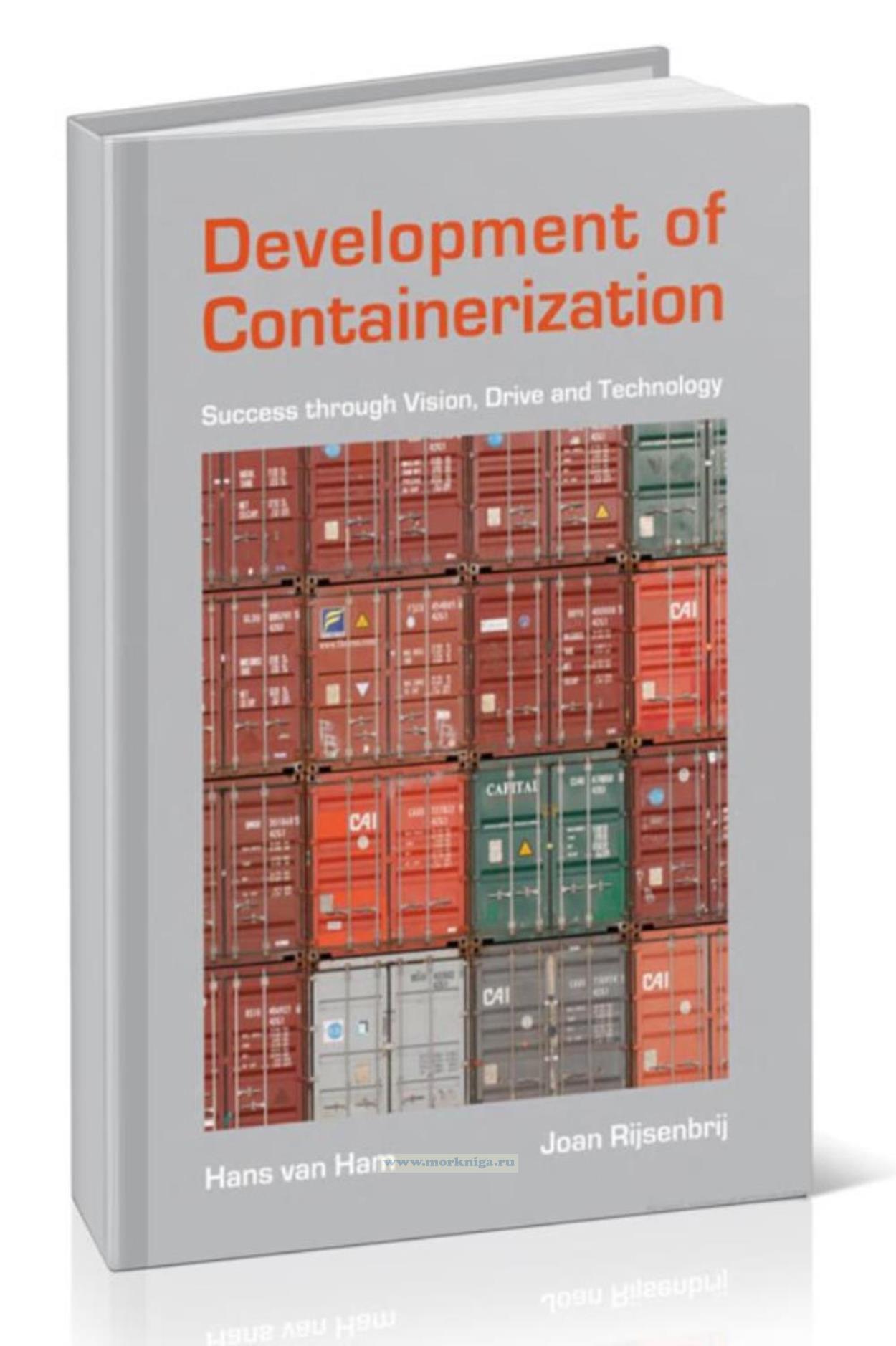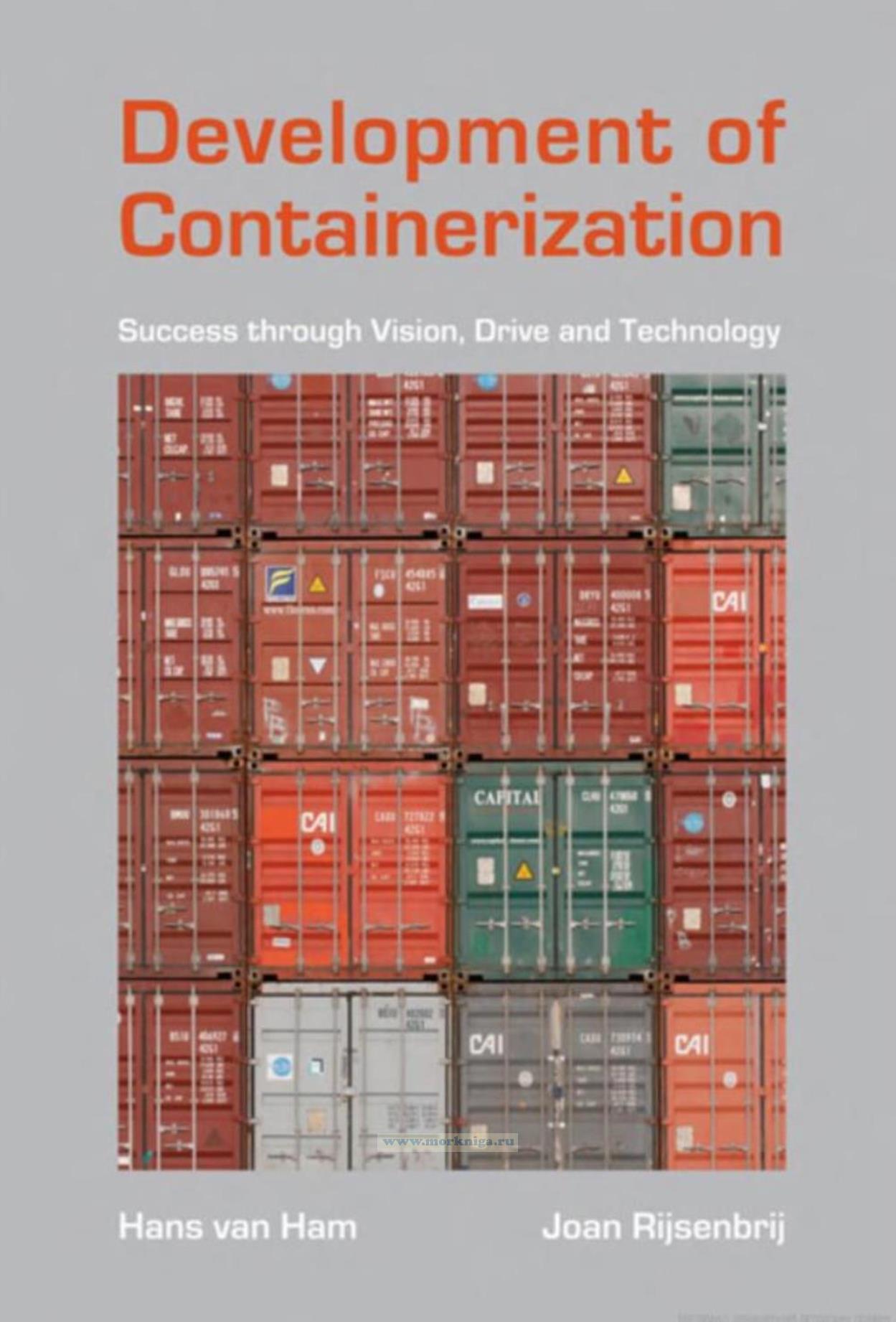Development of Containerization/Развитие контейнеризации
Книга на английском языке
This book describes the development of containerization, which due to the tremendous cost and time savings in maritime cargo transportation proved instrumental for a globalized economy. The help of rapid developing technologies, available from many disciplines, and the innovative approach from engineers and logistic managers accelerated a worldwide expansion of containerization into a globalized, fast and cost-effective transport system. This facilitated the development of global just-in-time logistics and simplified the large-scale (intercontinental) transport of consumer goods and semi finished products. Obviously, the evolution of IT systems helped to control the massive cargo flows with tens of thousands box handlings per day at major ports. At present, containerized transport has matured and contributes substantially to a higher wealth in the world.
Table of contents
Preface
Acknowledgment
Table of Contents
Chapter 1 Containerization
Chapter 2 Prologue (until 1956)
2.1. Small unit loads
2.2. Large units
Chapter 3 Take off of a concept (1956-1966)
3.1. Pan-Atlantic's Sea-Land service
3.2. Matson Navigation
3.3. Other initiatives
Chapter 4 Standardization
Chapter 5 Covering the globe (1966-1976)
5.1. Trades
5.2. The effect of containerization on the ports
Chapter 6 The Sea-Land SL-7 program
6.1. Vessels
6.2. Terminals
6.3. Cranes
Chapter 7 Extending the system (1976-1986)
7.1. Developments per trade route
7.2. Technical modifications
7.3. Hinterland transport
Chapter 8 The straddle carrier
Chapter 9 Focus on the transport chain (1986-1996)
9.1. Ship development
9.2. Developments in liner trading
9.3. Transport chain
Chapter 10 Container quay cranes
10.1. Early container cranes for decades of use
10.2. Increasing crane dimensions: A vessel's dictate!
10.3. Big is beautiful; small can be smart
10.4. Developments supporting crane productivity
10.5. Key issues in quay crane design
10.6. Outlook
Chapter 11 Doubled volumes, fluctuating profits (1996-2006)
11.1. Mergers and acquisitions
11.2. Ship development
11.3. Economic performance
Chapter 12 Container terminal development
12.1. 1956-1966: Early terminal designs; US pioneers showed the way
12.2. 1966-1976: A turbulent period for terminal developments
12.3. 1976-1986: A globalized network and signals towards automation
12.4. 1986-1996: Terminal expansions and first steps into automation
12.5. 1996-2006: Increasing vessel sizes and continuing volume growth
Chapter 13 Automation
13.1. Development of building blocks for terminal automation
13.2. Automated terminal handling concept
13.3. The first automated terminal, installed by ECT
13.4. Automation continues; slower than expected
13.5. Introduction of new conceptual designs, but …..no applications
13.6. ICT: a critical success factor
13.7. Projects in progress
Chapter 14 Time for a break (2006-present)
14.1. Ship development
14.2. Container liner shipping business
Chapter 15 Outlook on the future
15.1. Volume development
15.2. Shipping and vessel developments
15.3. Ports and terminal facilities
15.4. Inland transportation
15.5. Information and communication technology
15.6. Concluding remarks
References
Curricula Vitae

